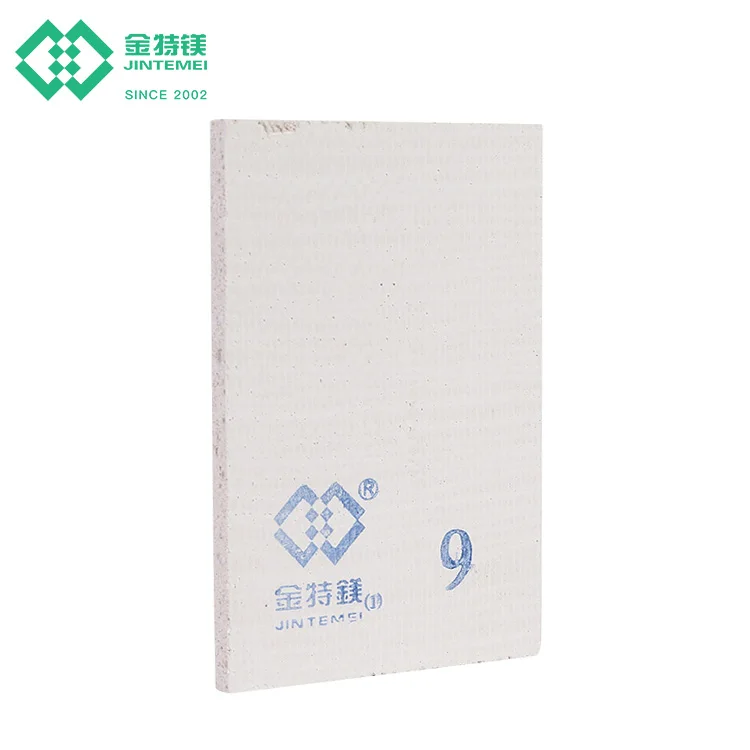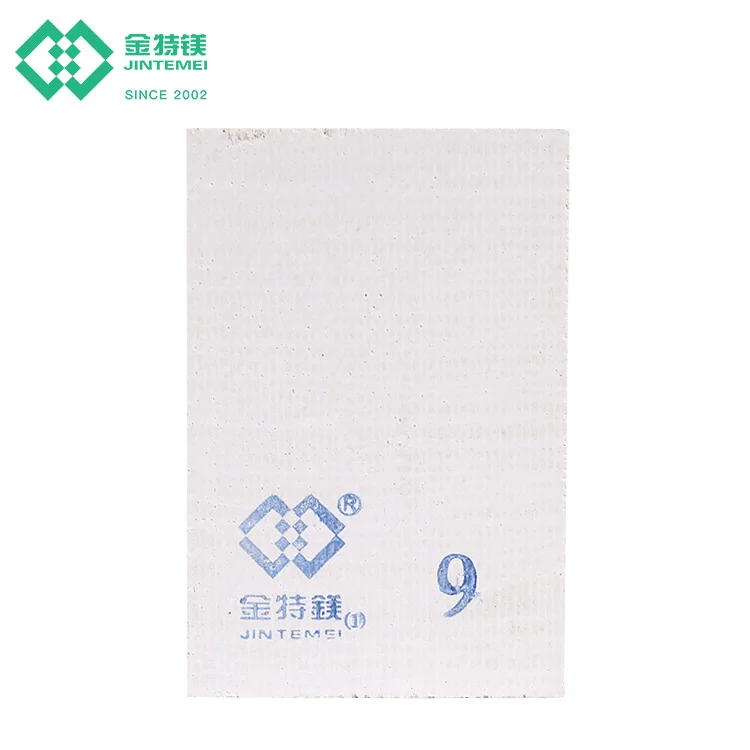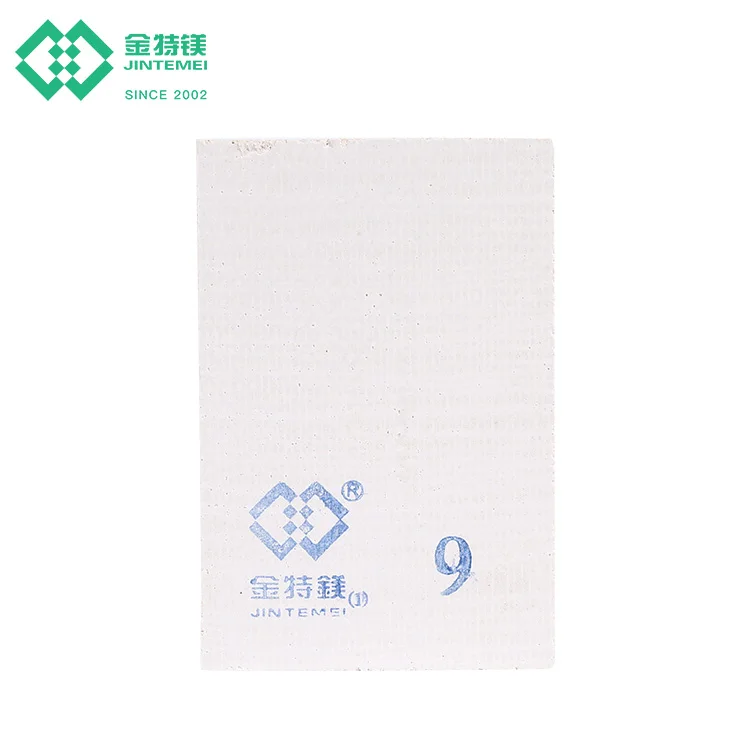Acoustic-Fire Dual Performance Optimization in Core Panel Engineering
Fundamentals of Dual Performance Core Panels
Acoustic-Fire Synergy in Modern Construction
In modern construction, integrating acoustic and fire resistance features in core panels is essential to ensure safety and comfort. Acoustic performance significantly contributes to comfort in commercial and residential spaces, especially in urban environments where sound levels can be intrusive. Studies show that effective sound absorption can reduce stress and improve productivity. Equally important are fire safety regulations governing construction materials, which necessitate innovative solutions that combine these two critical features. According to recent industry standards, materials must meet strict benchmarks for both fire resistance and acoustic absorption, making the synergy between these elements critical for compliance and safety in architectural design.
Material Science Behind Multifunctional Panels
The innovative materials used in dual performance core panels revolutionize building design by offering multifunctionality. These panels, made from advanced composites like magnesium oxide board and its variants, exhibit properties such as durability, fire resistance, and effective sound absorption. Research has demonstrated these materials' effectiveness, highlighting their ability to withstand fire exposure while dampening noise. Case studies of architectural projects utilizing these panels showcase their successful applications, like enhancing safety and comfort in high-rise buildings. Such examples underline the transformative potential of these materials, affirming their crucial role in modern construction.
For more in-depth product information, you can explore options such as magnesium oxide boards that offer exceptional fireproof and acoustic qualities, ensuring compliance with contemporary building standards.
Optimizing Acoustic Properties in Fire-Resistant Designs
Sound Absorption vs Fire Resistance Challenges
Balancing sound absorption and fire resistance in design specifications presents significant challenges. Optimal sound absorption in materials often requires porous structures that can pose difficulties in maintaining required fire resistance ratings. For instance, while an open-cell foam structure can effectively trap sound waves, it may not withstand high temperatures necessary for fire safety. Industry experts express concern over this trade-off, emphasizing the need to prioritize both safety and comfort in construction. For example, a high-rise building project in an urban area needed to scale back some sound insulation features to meet local fire safety codes, which subsequently led to increased noise levels experienced by residents.
Advanced Composite Material Solutions
Recent advancements in composite materials are enhancing both acoustic and fire-resistant properties. Innovations in materials science have led to the creation of specialized composites that do not compromise on either attribute. One example is the development of magnesium oxide board, known for its fireproof insulation board properties while also offering good sound absorption. Various advanced composites, such as MgO fireproof boards and other magnesium oxide boards, serve effectively in core panel production. Research highlights these materials' performance in different conditions, such as maintaining structural integrity during high temperatures, while simultaneously minimizing noise pollution. These breakthroughs in composite materials play a critical role in constructing safer and more acoustically comfortable environments.
Magnesium Oxide Board Innovations
Class A Fire-Rated Subflooring Systems
Magnesium oxide boards are swiftly gaining recognition as ideal components in Class A fire-rated subflooring systems. These boards offer significant construction advantages, including their superior fire resistance and strength. Compared to traditional flooring options, magnesium oxide boards showcase enhanced safety, as studies have shown a reduction in fire incidents in buildings outfitted with these materials. Utilizing Class A Good Quality Magnesium Oxide Board Mgo Subflooring Board provides not only safety but also economic benefits throughout a building's lifecycle. Investing in fire-resistant subflooring can result in fewer repairs, lower insurance premiums, and peace of mind regarding fire hazards, rendering it a cost-effective solution overall.
High-Density Wall Board Applications
High-density magnesium oxide boards are becoming integral in constructing walls across various building types, from residential to commercial projects. These boards are increasingly used where stringent building codes apply, featuring in numerous case studies highlighting their capacity to meet demanding structural requirements. Boards such as the Easy Process 18Mm 20Mm Magnesium Oxide Wall Board have shown impressive versatility. Beyond just fire resistance, these boards offer exceptional physical and acoustic properties, reducing noise transmission and enhancing interior sound quality – essential for both homes and offices aiming for optimal comfort and efficiency.
Structural Fireproofing Solutions
Magnesium oxide boards have emerged as pivotal in structural fireproofing, offering substantial improvements in fire safety across various construction scenarios. By integrating Magnesium Magnesia Board Wall Board, buildings benefit from superior fire protection without compromising structural integrity. This innovation significantly reduces long-term maintenance and insurance costs associated with fire risks, as the boards effectively slow down fire propagation and minimize damage. Incorporating such fireproofing solutions in building designs not only enhances safety but also aligns with sustainability goals by lowering the need for frequent repairs and replacements due to fire damage.
Implementation Strategies for Engineers
Balancing Performance Requirements
For engineers, balancing performance requirements such as acoustic and fire safety is critical. Engineers can utilize methodologies such as the use of trade-off analysis and weighted scoring models to assess and prioritize features based on specific project needs. Insights from experts like Dr. Jane Doe, an acoustic engineer, emphasize the need to tailor these priorities according to the project's location, purpose, and risk assessment. Engineers often refer to standards like the ASTM E119 for fire tests and ANSI/ASA S12.60 for acoustics to effectively evaluate design performance, thus ensuring that safety and functionality are not compromised.
Certification and Compliance Considerations
Building compliance involves adhering to certifications that ensure materials meet fire resistance and acoustic performance standards. The certification process typically involves thorough testing to ensure that materials like magnesium oxide boards meet necessary standards like the UL 263 for fire resistance and ISO 16610 for acoustics. The compliance process presents challenges such as updating materials to meet evolving regulations, requiring industry best practices such as continuous professional development and stakeholder communication. The International Building Code (IBC) and the National Fire Protection Association (NFPA) provide guidelines that govern the use of dual performance core panels, ensuring they meet required safety and quality standards.

 EN
EN











































